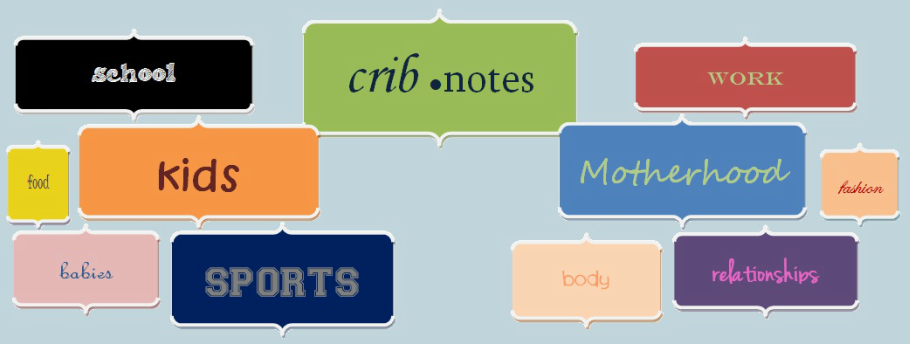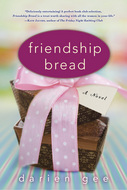Well, perhaps so, but leaving it out and squeezing the bag is a key part—it needs to ferment in order to create the right chemical reaction to bake correctly (baking is one of those things that spans all the way from science to hobby, work to fun).
I like to bake, and was a little intrigued, so I decided to play along. 10 days later we ate delicious, sugary, sweet bread. Seriously, I was hooked. I had baked in a pan that creates 8 mini-loaves (I think it made about 24 minis total!). Our family of four ate our way through every single one.
I kept a starter bag for myself and gave three away. When it was time to bake again, I froze several of the mini-loaves so that we could enjoy the bread at a slower pace this time! And when those were gone, I was looking around for another starter (and found one pretty easily. That’s the thing about this stuff—if you ask around you’ll find that it’s never too far away!).
Once I got going, I remembered my mom participating in this “chain-baking” some 20 (or more? Yikes!) years ago. She didn’t use a Ziploc bag; she stirred, mixed, and grew the starter in a large amber glass bowl. It was covered with plastic wrap that would inflate with air from the fermentation.
When a friend (who loves to bake, and had been the recipient of at least one of my giveaway-starters) told me that there was a friendship bread book, I thought it would be about this widespread and long-lasting practice—and it kind of is, but there’s more.
After visiting the book’s site and seeing so many people sharing their experiences, recipes, and more, I knew I wanted a piece of this (yeah, yeah, pun intended, and more to come). I emailed author Darien Gee about reviewing Friendship Bread and was thrilled to get a positive response!
I read it cover to cover very quickly (some quiet time on Mother’s Day aptly being a large chunk of that time!). The fictional story was believable, and sprinkled with the history and tradition of friendship bread (turns out that the Amish really had nothing to do with it; read to find out how it actually did begin!).
The book tells the story of sisters, unlikely friends, families, and seemingly random people who are all—by some degree—connected by the friendship bread. I’m really trying to resist likening the story to the bread itself, but it just works too perfectly, so indulge me: The story begins with a sampling of characters and grows and bubbles as it goes. There is some troubling fermentation, and certainly some accidental mixing. But once all the ingredients are added, it becomes wonderfully sweet and warm, light but with enough substance to satisfy.
This is a great and easy read, perfect for your summer book list. Just be forewarned: you will crave this sweet bread as you read.
So I’m thinking about mixing up a batch of starter. Who wants in? :)



 RSS Feed
RSS Feed
